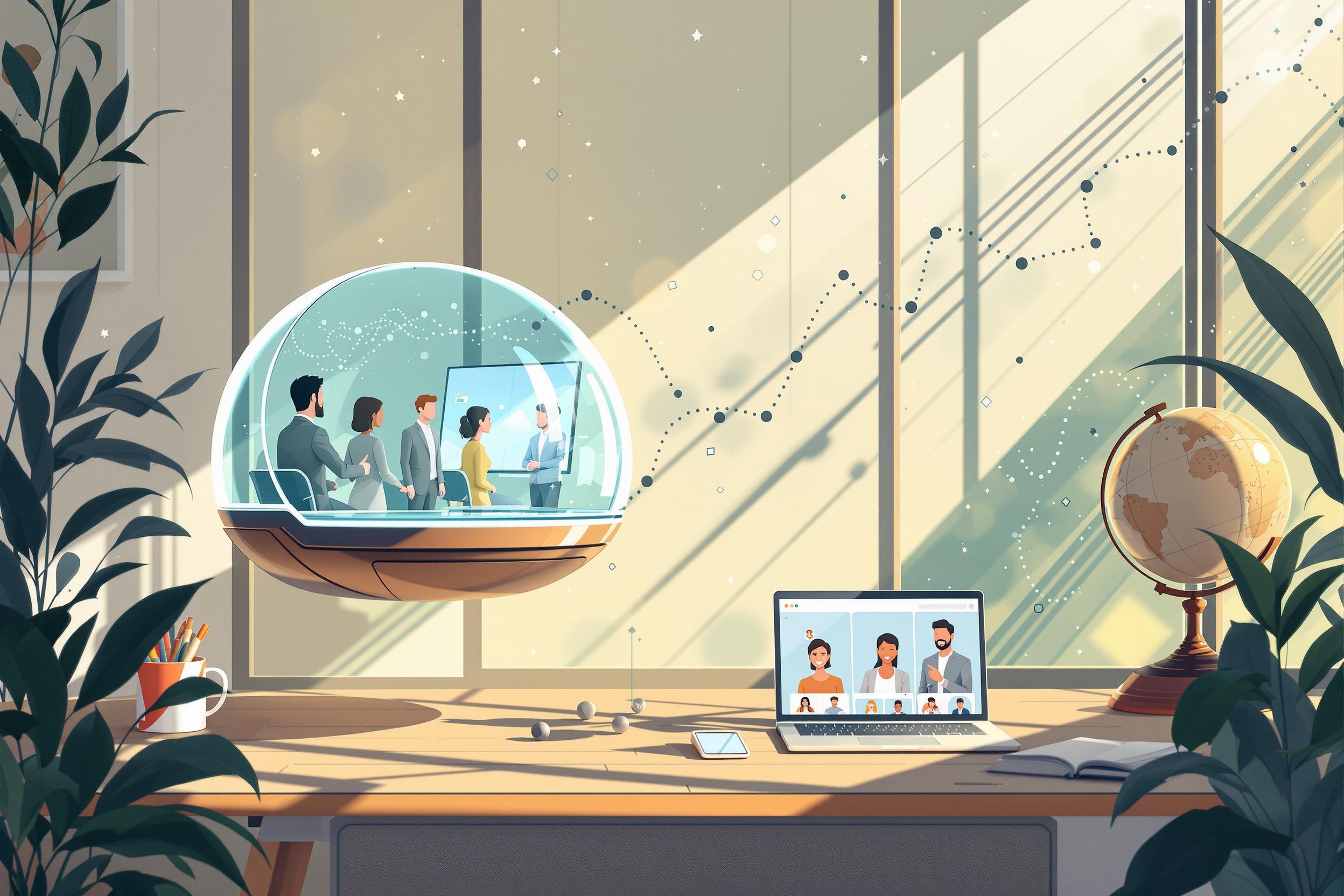
Focal Length
Focal Length is a basic but important photography concept that shows up in many photography job descriptions. It refers to how "zoomed in" or "zoomed out" a camera lens can make photos appear. When photographers mention focal length in their resumes, they're showing they understand how to choose and use different types of camera lenses for different situations - whether that's shooting wide scenes for landscapes, medium ranges for portraits, or zooming in close for wildlife or sports photography. This knowledge is similar to choosing the right tool for the right job.
Examples in Resumes
Expertly used various Focal Length lenses to capture both intimate portraits and wide landscape shots
Managed photography equipment inventory including lenses of multiple Focal Lengths
Created diverse portfolio utilizing various Focal Length ranges from wide-angle to telephoto
Typical job title: "Photographers"
Also try searching for:
Where to Find Photographers
Online Communities
Job Boards
Professional Networks
Example Interview Questions
Senior Level Questions
Q: How do you choose the right focal length for different types of photography assignments?
Expected Answer: A senior photographer should explain how they select lenses based on the project needs - like wide angles for real estate, medium lengths for portraits, and long focal lengths for sports, plus how this affects their workflow and equipment planning.
Q: How do you train junior photographers about focal length choices?
Expected Answer: Should discuss their teaching approach, explaining how they help beginners understand lens choice impacts, practical demonstrations they use, and common mistakes they help prevent.
Mid Level Questions
Q: What focal lengths do you typically use for portrait photography and why?
Expected Answer: Should demonstrate knowledge of standard portrait focal lengths, explaining how different lengths affect face shapes and background blur, and when they might choose to break conventional rules.
Q: How do you handle situations where you need to shoot in tight spaces but need a longer focal length?
Expected Answer: Should discuss practical solutions like repositioning, using different lenses, or adapting the shot composition to work within space constraints.
Junior Level Questions
Q: Can you explain the difference between a wide-angle and telephoto lens?
Expected Answer: Should be able to explain basics - wide-angle shows more of the scene and is good for landscapes, while telephoto zooms in close and is good for distant subjects.
Q: What focal length would you use for basic portrait photography?
Expected Answer: Should know that standard portrait focal lengths are typically in the medium range, making faces look natural without distortion.
Experience Level Indicators
Junior (0-2 years)
- Basic understanding of different lens types
- Can use standard focal lengths for common situations
- Knows when to switch lenses
- Basic portrait and landscape focal length knowledge
Mid (2-5 years)
- Confident lens selection for various situations
- Understanding of focal length effects on composition
- Experience with specialty focal lengths
- Can adapt focal length choice to client needs
Senior (5+ years)
- Expert knowledge of all focal length applications
- Can train others on lens selection
- Advanced understanding of focal length creative effects
- Equipment advisory and purchasing decisions
Red Flags to Watch For
- Unable to explain basic differences between wide and telephoto lenses
- No knowledge of standard portrait focal lengths
- Lacks understanding of how focal length affects image composition
- No experience with multiple lens types
Related Terms
Need more hiring wisdom? Check these out...

The Art of Selecting Great People: A Leader's Most Critical Skill

Navigating the Virtual Horizon: Rethinking Leadership Succession in a Remote-First World

Future-Proof Your Workforce: Embracing Lifelong Learning

